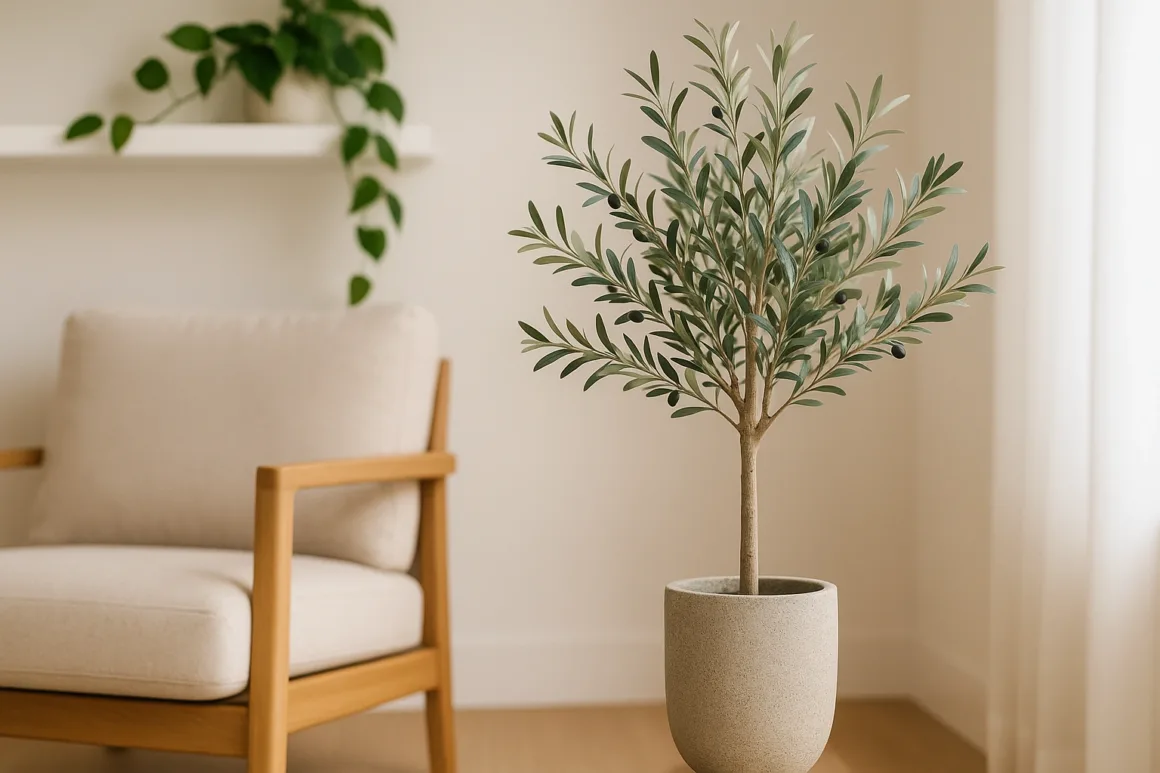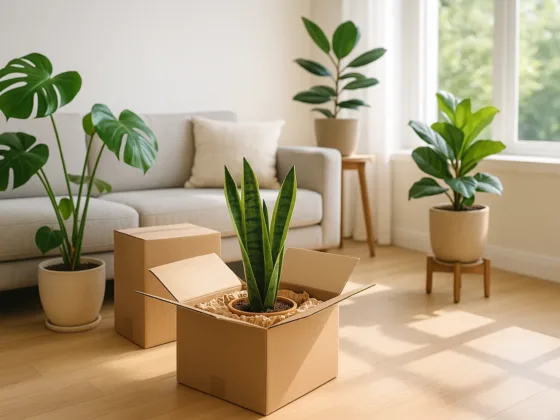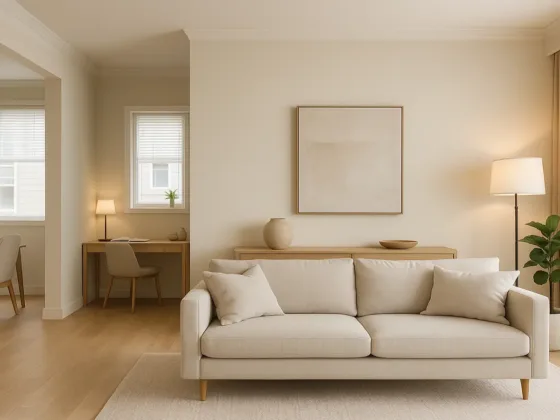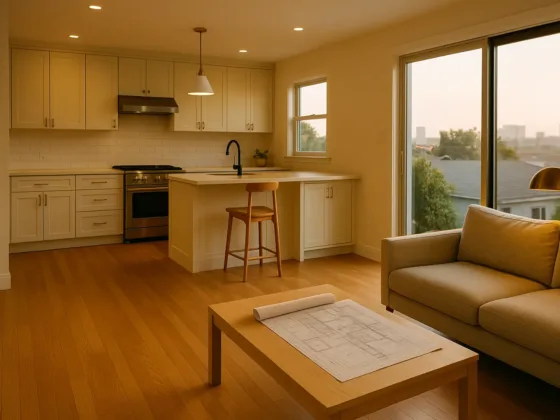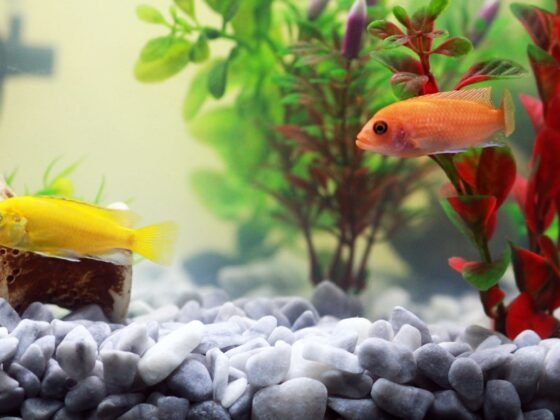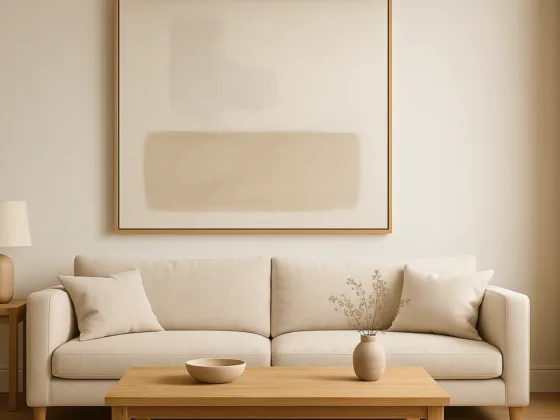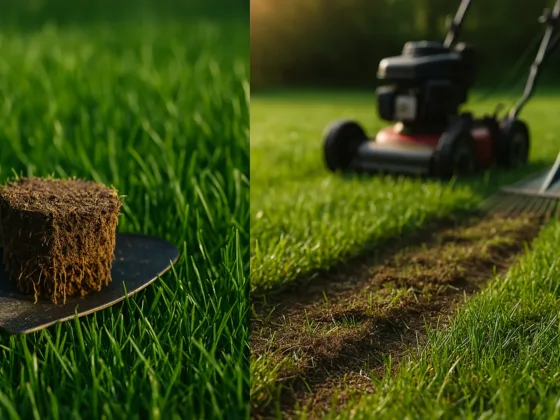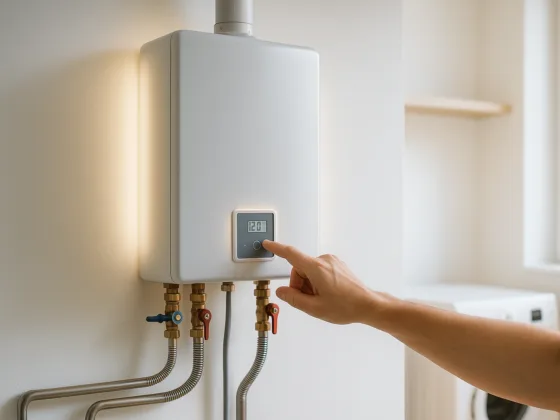Table of Contents Show
Introduction
Last spring, I finally admitted defeat: the fern by my hallway turned the color of toast, and the pothos on the top shelf survived only in my imagination. The problem wasn’t taste—it was light, time, and a rental with vents in all the wrong places. That’s when I tried a few artificial plants. The difference was instant: softer edges in a dim corner, a little height by the sofa, zero guilt when I forgot to water.
In this guide, I’ll show you how to pick lifelike materials (PE/PVC, silk, or real-touch latex), where to place them so they pass the “would a real plant live here?” test, and the two-minute cleaning routine that keeps them looking honest.
Quick verdict: Artificial plants are perfect for renters, low-light rooms, frequent travelers, allergy-sensitive homes, and hard-to-reach shelves. Choose realistic materials (PE, PVC, silk, or “real-touch” latex), style them where a living plant could plausibly thrive, and follow a simple cleaning routine to keep them convincing for years.
Pros & cons at a glance
| Pros | Cons | |
|---|---|---|
| Looks | Consistent, photo-ready foliage year-round | Close inspection can reveal sheen if dusty or poorly lit |
| Maintenance | No watering/fertilizing/repotting | Requires dusting and occasional deep clean |
| Placement | Works in low light & tricky spots | UV can fade cheaper plastics outdoors |
| Costs | One-off cost; long lifespan | Quality pieces cost more upfront |
| Allergies/Pets | Pollen-free; no soil or fertilizer mess | Doesn’t “purify air” like living plants |
Materials 101: What Your Faux is Made of (and Why It Matters)
- PE (Polyethylene) — matte, textured realism; great for olive/BOP & vines. Look for UV-stabilized labels if going outside.
- PVC (Polyvinyl Chloride) — durable, slightly stiffer; common for palms/ferns; shade recommended outdoors unless UV-rated.
- Silk / Fabric — nuanced color and soft texture; best for smaller tabletop or trailing pieces; keep from direct sun or oils.
- “Real-touch” Latex / PU — convincingly fleshy leaves with pliable stems; premium price but standout realism for statement trees.
Safety & Labels to Check Before You Buy
- UV-stabilized / Outdoor-rated for patios/balconies.
- Flame-retardant (FR) labeling for commercial installs; at home, keep away from heat sources.
- Material disclosures (dyes/inks) from reputable brands.
Indoor vs Outdoor: Placing Faux Where They Look Real
Indoors
- Match plant type to believable light: palms/ferns near bright baths; trailing vines on bookcases; olive/BOP in bright living corners.
- Weight planters (stones/concrete insert) and top-dress with moss/bark/pebbles to hide nursery pots.
- Sightlines: If viewers can’t get within 30 cm (shelves/soffits), you can choose slightly less-premium pieces without sacrificing realism.
- Shopping Help: If you’re also buying live greenery, see our guide to buy plants online with free delivery for smooth doorstep delivery.
Outdoors
- Choose UV-stabilized pieces; place on covered porches or partially shaded patios.
- Use heavy planters and anchoring for wind; rotate seasonally to reduce fade.
- Local inspo: For a regional take, explore artificial plants in Melbourne homes.
Designer Rules: How to Make Faux Plants Look Convincingly Real
Based on designer tips from Karen Asprea.
- Leafy > flowery for realism (olive, rubber plant, pothos, philodendron, BOP).
- Shape it: Bend stems and splay leaves asymmetrically—nothing grows perfectly straight.
- Muted tones read natural; avoid neon gloss.
- Right-size the pot and use textured planters/baskets.
- Plausible placement: where a real plant would actually grow.
- Layer materials (moss/topdressing) or mix in dried stems for texture.
- Odd numbers & height stacking: Use groups of 1/3/5 and vary heights.
- Dust-free is non-negotiable.
More styling ideas? Browse our indoor plant decor ideas.
Care & Cleaning: 5 No-stress Methods
Start with this practical overview of how to clean artificial plants (step-by-step), then use the quick checklist below:
- Weekly dust: microfiber or electrostatic duster.
- Cool air clean: compressed air or a hairdryer on cool for crevices.
- Vacuum (gentle): soft brush head, low suction for palms/ferns.
- Spot-wash plastic (PE/PVC): lukewarm water + drop of dish soap; towel dry.
- Fabric/silk leaves: light spritz of diluted white vinegar after a spot test; avoid saturation.
Longevity note: Quality faux can look great for many years with routine dusting and occasional deep cleans.
Mixing Faux, Dried & Real (the Stylist’s Shortcut)
- Shelf styling: Real pothos + faux trailing vine + dried grasses = layered dimension.
- Entry console: Faux olive cutting in stone vase + a single fresh stem for movement.
- Bathroom: Faux fern/palm (humidity-plausible) and, space allowing, a real ZZ in medium light.
“Best for…” Quick Picks (Editorial)
For current market breadth and categories, see this current market roundup (The Strategist); our high-level picks:
- Tall corners: Faux olive or bird of paradise in a heavy, textured planter.
- Bookshelves: Trailing pothos/ivy (faux or mixed).
- Desks: Small succulent sets or mini rubber plant.
- Bathrooms: Ferns and palms feel plausible in moisture-prone spaces.
Mini-methodology (How to Judge Realism Fast)
We prioritize matte finishes, wired/pliable stems, natural color variance, and pre-weighted bases—the same attributes highlighted in The Spruce’s lab + at-home testing.
FAQs
Not when you choose matte finishes, shape stems, hide the nursery pot with moss/pebbles, and place them plausibly.
Yes—pick UV-stabilized pieces and keep them on covered or partially shaded patios to reduce fading.
Quality faux can look great for many years with dusting and periodic deep cleans; proper care significantly extends longevity.
They’re pollen-free and don’t need fertilizers, but discourage chewing and keep small parts out of reach.
Conclusion
Faux plants aren’t a shortcut so much as a smart match for real life. Pick a believable material, shape the stems, set them in a spot with plausible light, and hide the nursery pot with moss or pebbles. Dust once a week and you’re done. If your home is a rental, your schedule is packed, or your corners are stubbornly dim, artificial plants give you the look you want—consistently.
About the author: Perla Irish — Editor at DreamlandsDesign (home styling, DIY, practical décor).
Editorial review: DreamlandsDesign Home Styling Team verified material choices, placement guidance, and care methods for clarity and safety.
